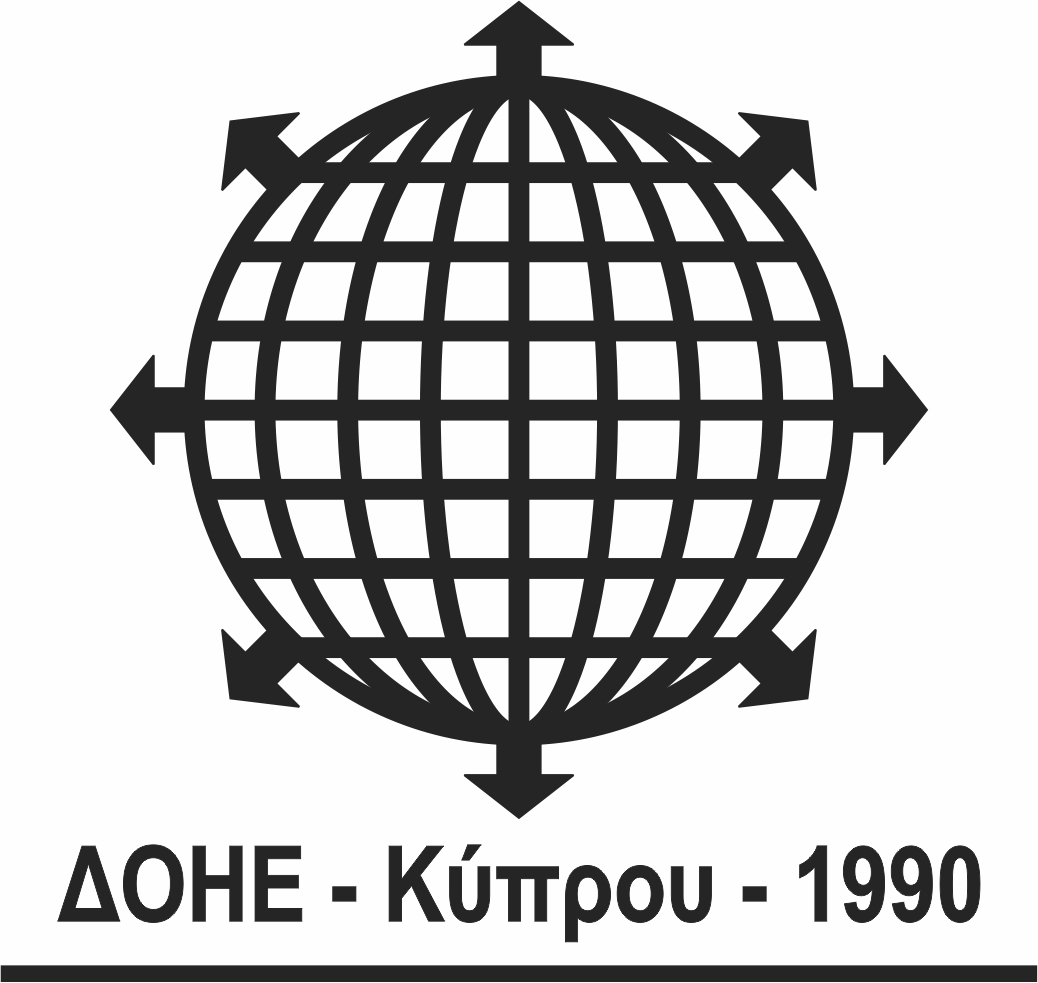New challenges in solar energy resource and forecasting
About this keynote:
The energy production from solar energy systems has fundamentally different characteristics than with conventional energy sources. The availability of solar energy is largely determined by weather conditions and is therefore extremely variable. Depending on the application and the corresponding time, different prediction approaches have been introduced. Solar irradiance nowcasting and short-term forecasting are important tools for the integration of solar plants into the electricity grid. Understanding the role of clouds and aerosols in those techniques is essential for improving their accuracy.
In this presentation, an overview is provided about the various methods that are used to assess the resource and predict solar radiation and energy at different spatial and temporal scales in order to facilitate the use of solar energy in a number of areas such as electrical grid balancing, better control of microgrids and operation of PV installations.
Speakers
Andreas Kazantzidis

Andreas Kazantzidis is the Head of Laboratory of Atmospheric Physics and Professor in the Physics Department, University of Patras, Greece. His main research activities focus on solar resource and forecasting with the extensive use of radiative transfer models in synergy with ground-based and satellite measurements. His experimental activities include measuring of solar broadband/spectral radiation using various types of instruments, monitoring of atmospheric parameters as well as data analysis, quality control and reliability of atmospheric measurements. He participates in IEA PVPS Task, dedicated to solar resource for high penetration and large scale applications.
